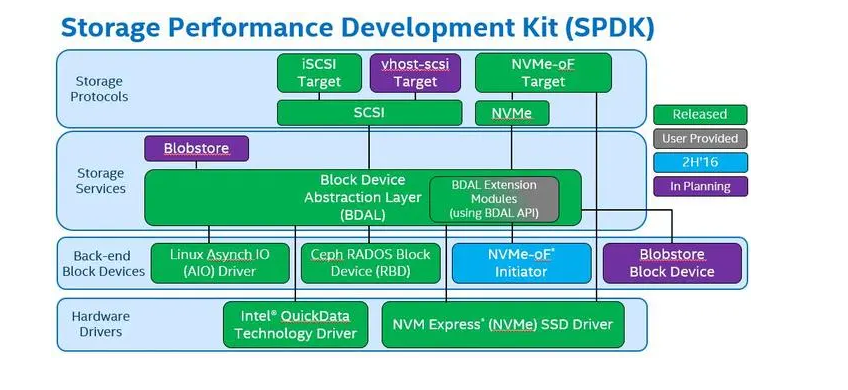The water mass analysis indicates that the intermediate western boundary current in the Maluku Sea primarily carries the Antarctic Intermediate water. This water mass is characterized by a minimum salinity on vertical profile and originates from the subduction of low-salinity water in the Subantarctic front zone of the South Pacific Ocean. It is then transported to the western equatorial Pacific via subtropical circulation.
Model results suggest that this intermediate water, which enters the Indonesian Seas through the Maluku Sea, eventually flows into the Indian Ocean via export channels within the Indonesian Seas. As such, this intermediate western boundary current serves as a link between intermediate currents in the Pacific and Indian Oceans. It provides a possible pathway for upwelled Pacific Ocean intermediate water in the Indian Ocean, playing an important role in global heat and CO2 storage and redistribution.
These findings highlight the interconnected nature of ocean currents and emphasize the importance of understanding these complex systems for predicting and mitigating climate change impacts.




















